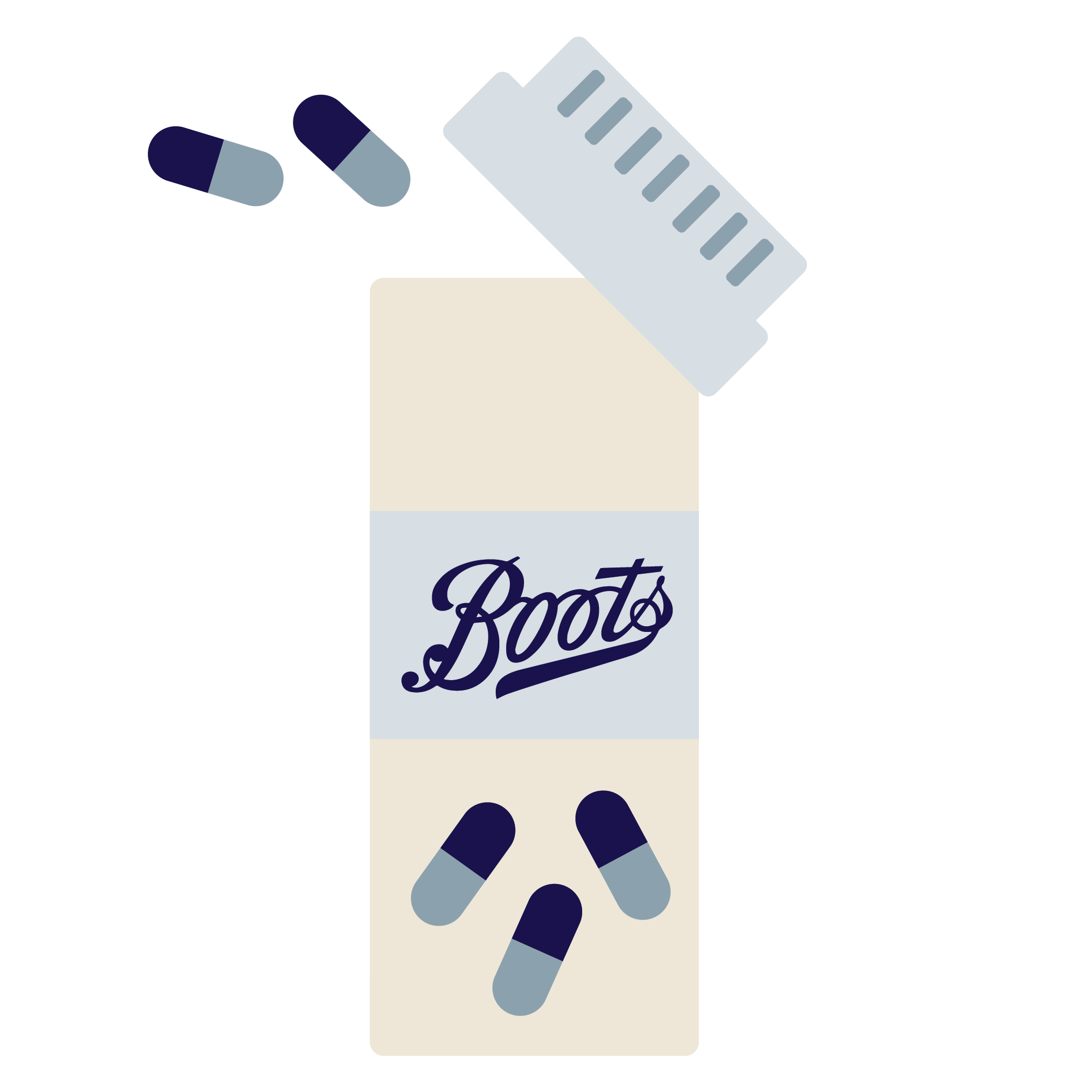
HAYFEVER — WHAT YOU NEED TO KNOW
What is hayfever?
Hayfever is a common allergic reaction to pollen produced from grass, trees and weeds during spring and summer. It’s known as seasonal rhinitis and has the same symptoms as year-round (perennial) rhinitis, which is when you’re allergic to other substances (allergens) like dust or pet hair.

What causes hayfever?
Hayfever is an allergic reaction to pollen. If you’re allergic to pollen — or dust or pet hair — and you breathe it in, or it gets in your eyes, your body produces histamine. In an allergic reaction, histamine causes the inside of your nose to become inflamed and swell. This triggers uncomfortable symptoms like a runny nose or watery eyes.
What are the symptoms of hayfever?
Symptoms for hayfever, or a dust or pet allergy, include:
- Itchy or watery eyes
- Itchy throat, mouth, nose and ears
- Sneezing
- Blocked or runny nose
- Loss of smell
- Cough
- Headache
- Earache
- Feeling tired
If you also have asthma, you might find yourself coughing or wheezing more.
What lifestyle tips will help me manage my hayfever?
- Check the pollen forecasts at https://www.metoffice.gov.uk/public/weather/pollen-forecast/ and plan to limit your time outside when pollen counts are high
- Shower and wash your hair once home — pollen gets trapped in clothes and hair
- Avoid drying clothes outside if the pollen count is high
- Keep windows closed at home and in the car
- Apply a barrier balm around your nostrils to trap pollen
- Try wearing wraparound glasses to reduce the amount of pollen in your eyes
Page last reviewed by: Dr. Christina Hennessey 21/06/2021

